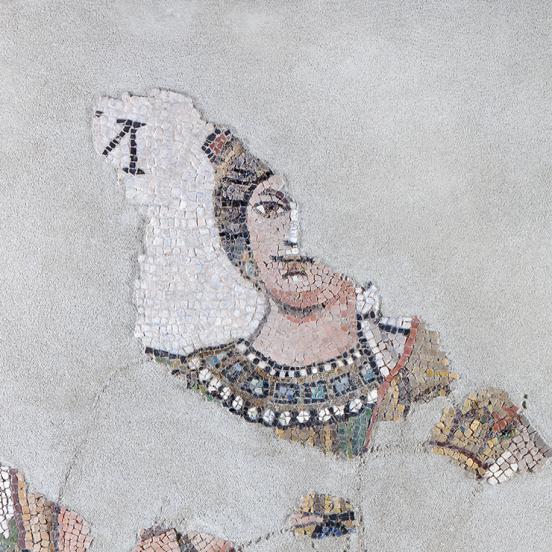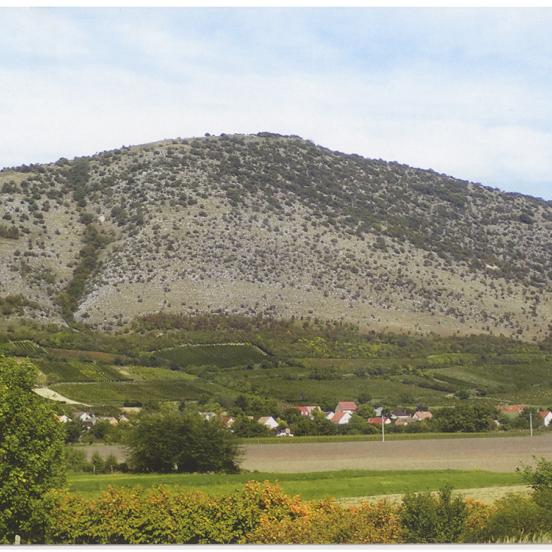Late Roman luxury villa, Nagyharsány
Since 2016 the Hungarian National Museum has again been researching the late Roman luxury villa in Nagyharsány. Considering the banquet hall of the central building decorated with glass mosaics of high artistic quality, as well as the person of the villa’s owner, it is the only known archaeological site in Hungary where the opulent way of life of landowners belonging to the imperial elite can be conceptualized. The villa confirms that an educated and wealthy imperial elite was present in the late imperial Pannonian provinces, a member of which could quite possibly own a banqueting set of comparable quality to the Seuso treasure. In the 3rd and 4th centuries a large estate centre replaced the earlier village-like settlement. It had a large-scale central complex of buildings. The Nagyharsány villa is special in that its rich owner is known. The last extensive construction of the central building dated to the end of the 4th and beginning of the 5th century and the commissioning of the mosaic floors can be connected to the owner. However, the last owners of the villa could enjoy its luxurious conditions only for a short time. A war conflict in the second-third decade of the 5th century made them leave their home forever.


